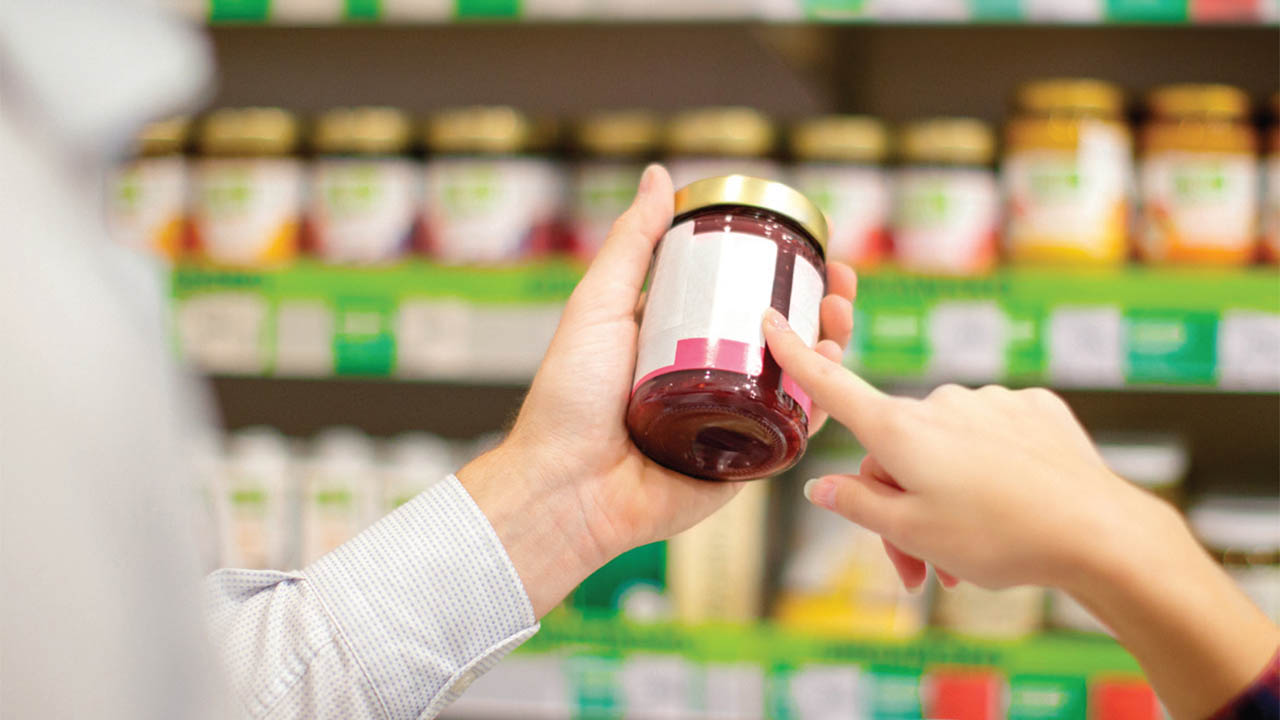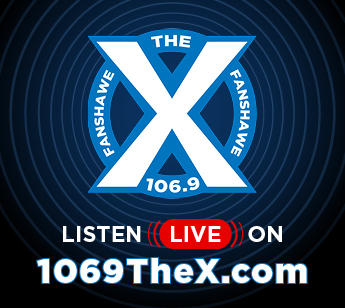What should you look for in a nutrition label?
 CREDIT: ISTOCK (ZORANM)
CREDIT: ISTOCK (ZORANM)The nutrition label is there for your health, so read up.
Nutrition labels can be a great source of information when consumers know how to read them and what information to look for.
Today, I will guide you on what information is required by law on both the nutrition facts label and the ingredient list. Afterwards, I will explain the top five things to consider when making healthy food choices on packaged foods.
Nutrition labels in Canada have minimum requirements by law. According to canada.ca, most packaged foods are expected to provide the consumer with a nutrition label and ingredient list (with a few exceptions).
A nutrition facts label is required to show the consumer the serving size, and the corresponding calorie content and percentage of daily value of that serving size. It also must contain the 13 core nutrients; fat, saturated fat, trans fat, cholesterol, sodium, carbohydrate, fibre, sugars, protein, vitamin A, vitamin C, calcium, and iron. Some nutrients are made optional to include such as; potassium, folate, vitamin B12 and many others.
Some examples of foods that are not required to have nutrition labels include fruits, vegetables, raw meat, raw seafood, raw poultry, foods processed instore, and most alcohol.
The ingredient list of packaged foods also have requirements by the government. There are complex regulations in regards to ingredient lists, but the essential take away for the general consumer is that ingredients must be listed by a common name in the order of what is most present/prominent in the food to the least (inspection.gc.ca).
What should you look for when reading a nutrition label? Here are the top five things to consider for making the most informed and healthy choice when it comes to packaged foods:
Start with the serving size: Here you will find the amount of food that the food company considers to be one serving. It might be provided in grams, measured cups, fluid ounces or the number of pieces. Compare this information to what you would typically take as a serving. For example, if the serving on the package is one cup and you typically eat two cups, then you are ingesting double the nutrients listed on the label.
Aim for sugars in single digits: While keeping the serving size in mind, aim for foods that contain 10 grams or less of sugar. Even if it’s sweetened with honey, dates or other so-called natural sugars.
Stick to foods with less than 10 ingredients: Ingest foods that are simple. More than 10 ingredients often means the food is processed, higher in salt, fat and/or sugar and may contain additives, chemicals, artificial colours or other ingredients that our bodies simply do not need.
What is the first ingredient and can I pronounce the others? The first ingredient is typically what is most present in that food. Surprisingly, in many packaged items the first item might be sugar, saturated fats or sodium. Look for protein, or fibre/grains as the first ingredient. Additionally, can you pronounce all of the other ingredients? Ingredients that you cannot pronounce are likely to be food additives or artificial sweeteners.
Per cent daily values are a guide: “% DV” on a food label is based on a 2,000 calorie per day diet; which may not be suitable for everyone. Some individuals may need more or less than 2,000 calories and/or more or less than 100 per cent DV recommendations. Generally, things that are listed as five per cent or less is considered low; aim for low saturated fat, trans fat, cholesterol and sodium. Things that are listed at 20 per cent or above are considered high; aim for high vitamins, minerals and fibre.
Utilize this list of key elements to take into consideration when buying packaged foods next time you go shopping. It may assist you in making smarter and more informed choices when choosing healthy foods to buy.
Katherine Ricica is a full-time fitness consultant at the Student Wellness Centre.















